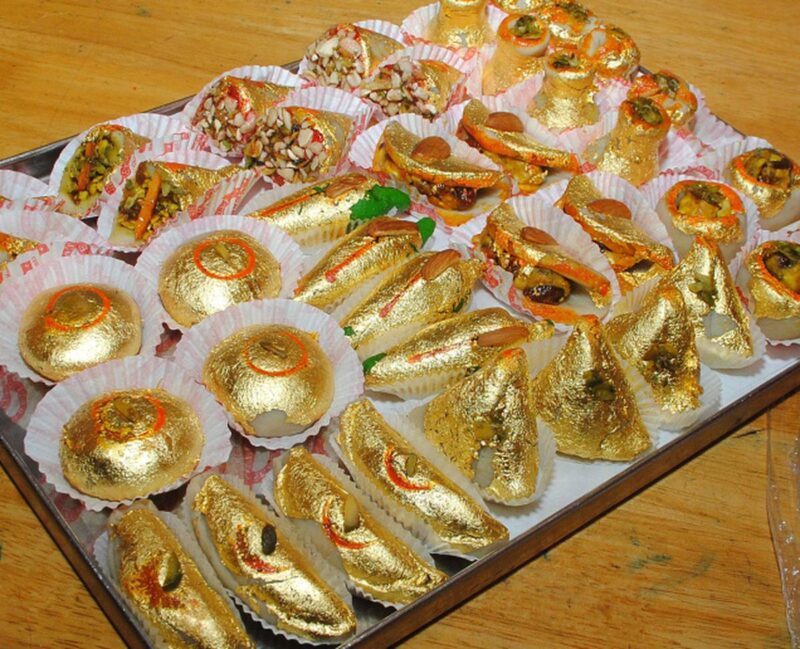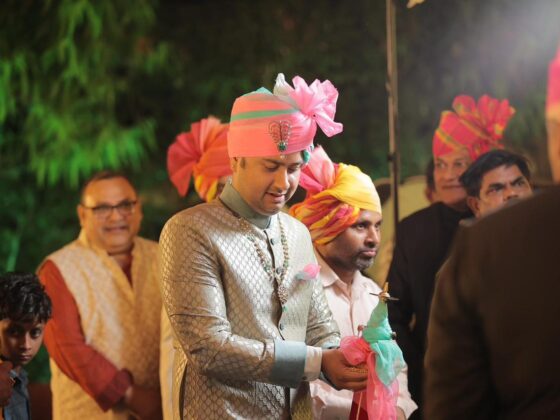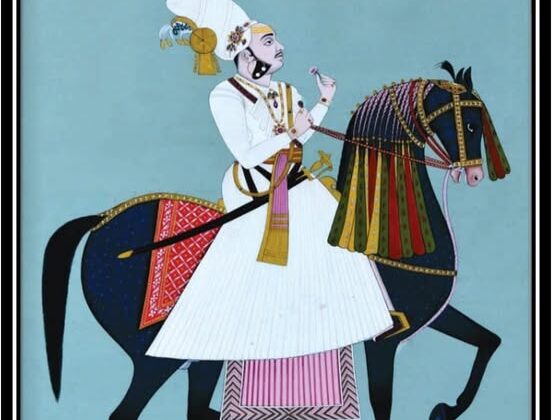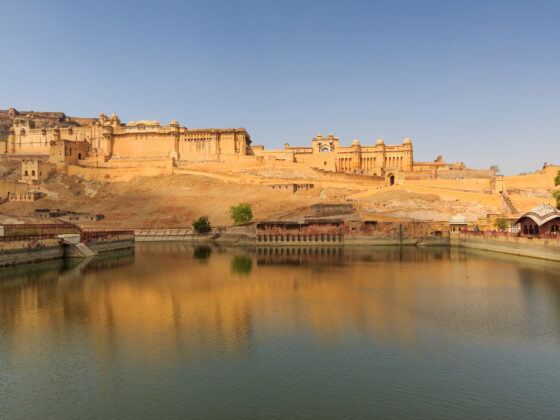For centuries, Indian royalty consumed gold and silver in their food, not just as a display of opulence but also for its believed health benefits. These precious metals symbolized power, wealth, and divine purity, making them a significant part of royal cuisine.

Why Did Indian Royals Eat Gold & Silver?
- Symbol of Wealth and Status
Kings and queens adorned their meals with gold and silver to showcase their royal grandeur. Dishes served to nobility often featured edible gold leaves and silver foil (varak) as a mark of luxury. - Believed Health Benefits
Ayurveda regarded gold and silver as beneficial for health. Royals believed these metals:- Boosted immunity
- Improved digestion
- Had anti-aging properties
- Religious and Spiritual Significance
Many temples and royal kitchens used gold and silver in food as offerings to deities, symbolizing purity and divine blessings.
How Royals Consumed Precious Metals
- Varak (Silver Leaf): Used on sweets like barfi, laddoos, and paan.
- Gold Dust & Flakes: Added to drinks, desserts, and medicinal tonics.
- Golden Milk: Infused with gold ash (swarna bhasma) for rejuvenation.
Is It Safe to Eat Gold & Silver?
Edible gold and silver, when pure and free from chemicals, are non-toxic and safe for consumption. However, they provide no significant nutritional value. Today, these metals remain a part of gourmet cuisine, luxury dining, and religious offerings.
Conclusion
Indian royals ate gold and silver not just for extravagance but also due to their cultural, health, and spiritual beliefs. This tradition continues in modern times, reflecting India’s rich culinary heritage.










